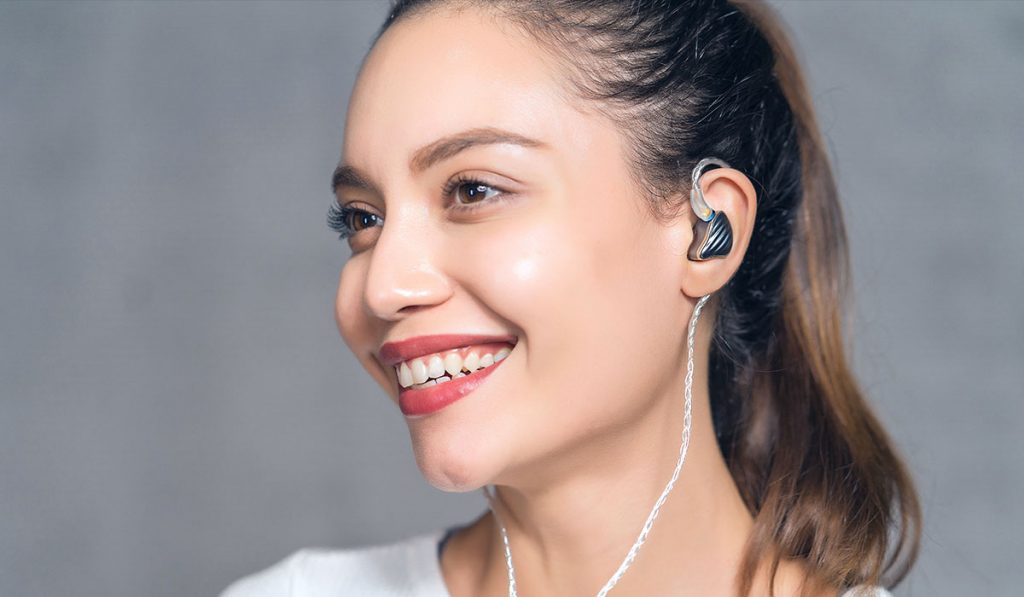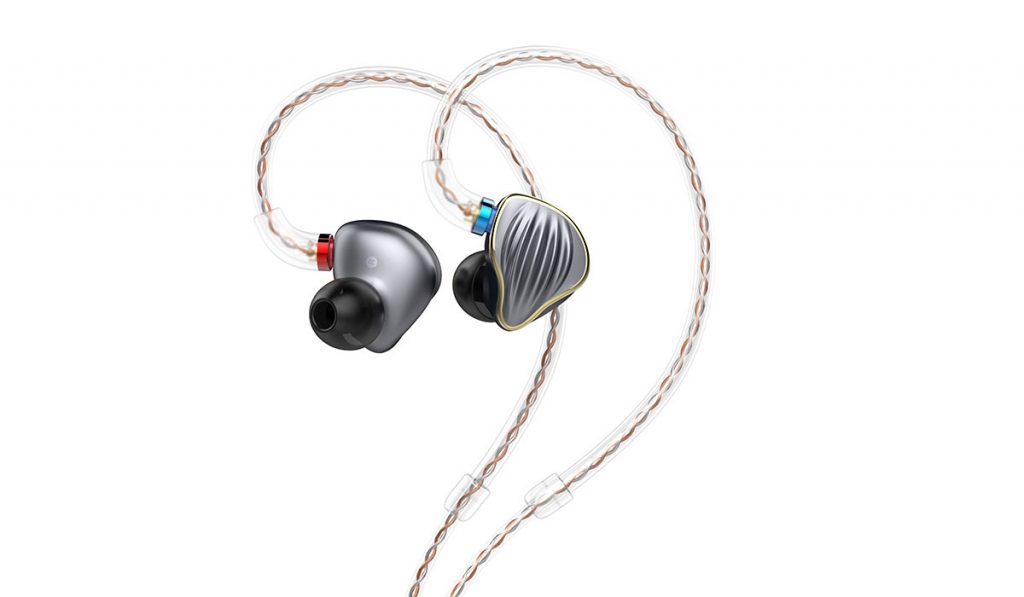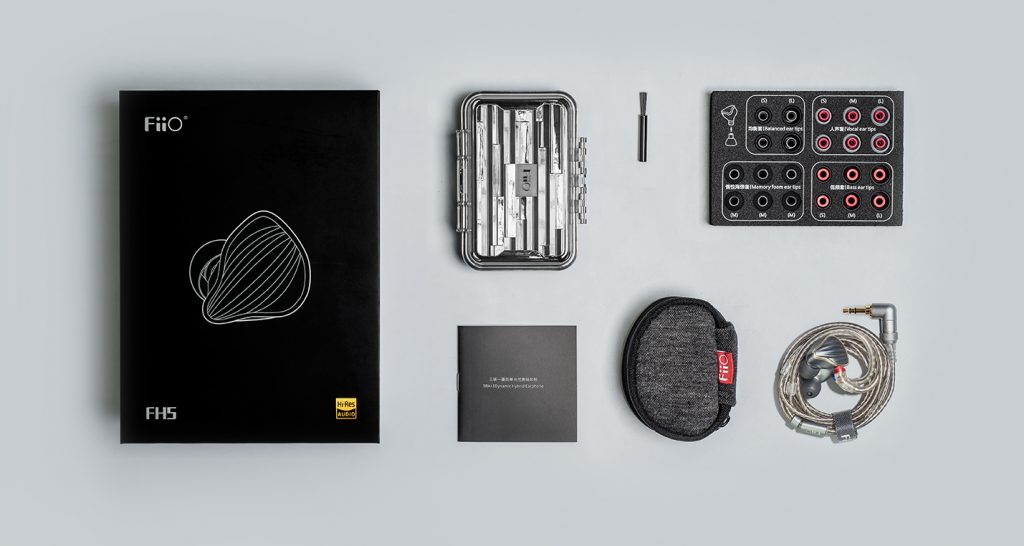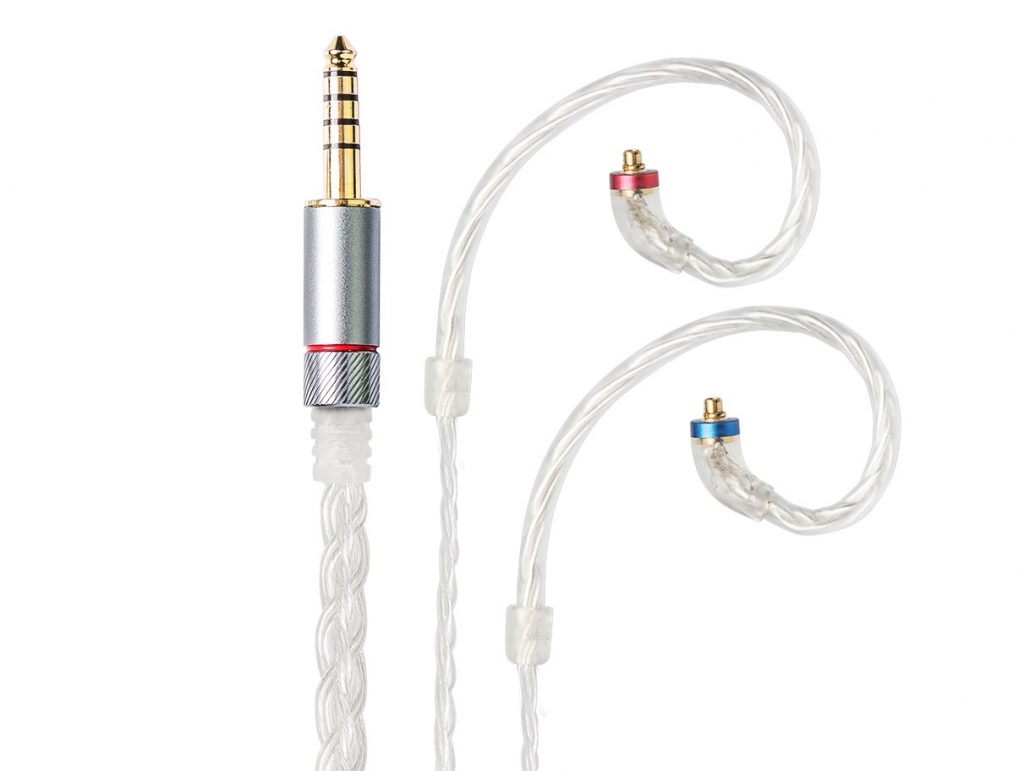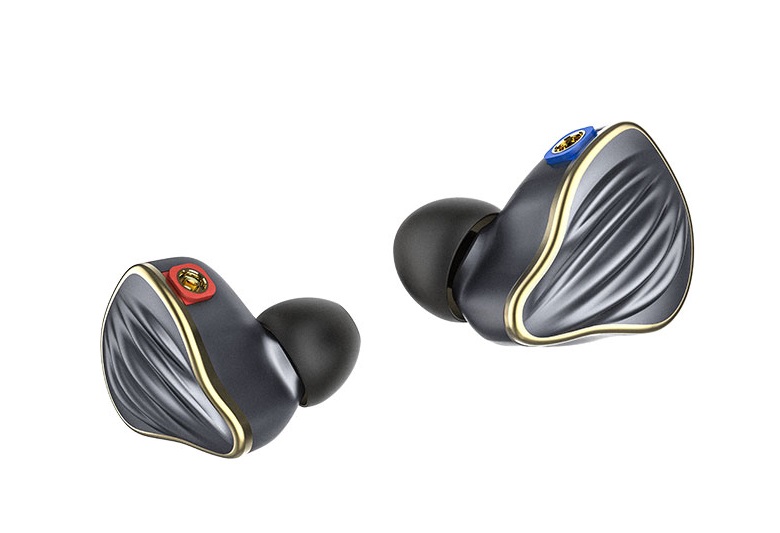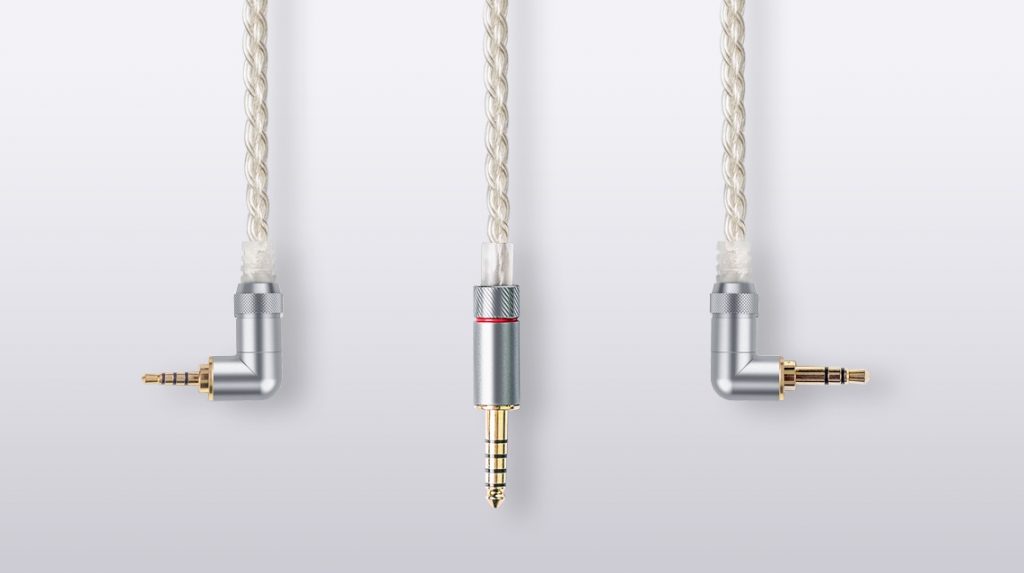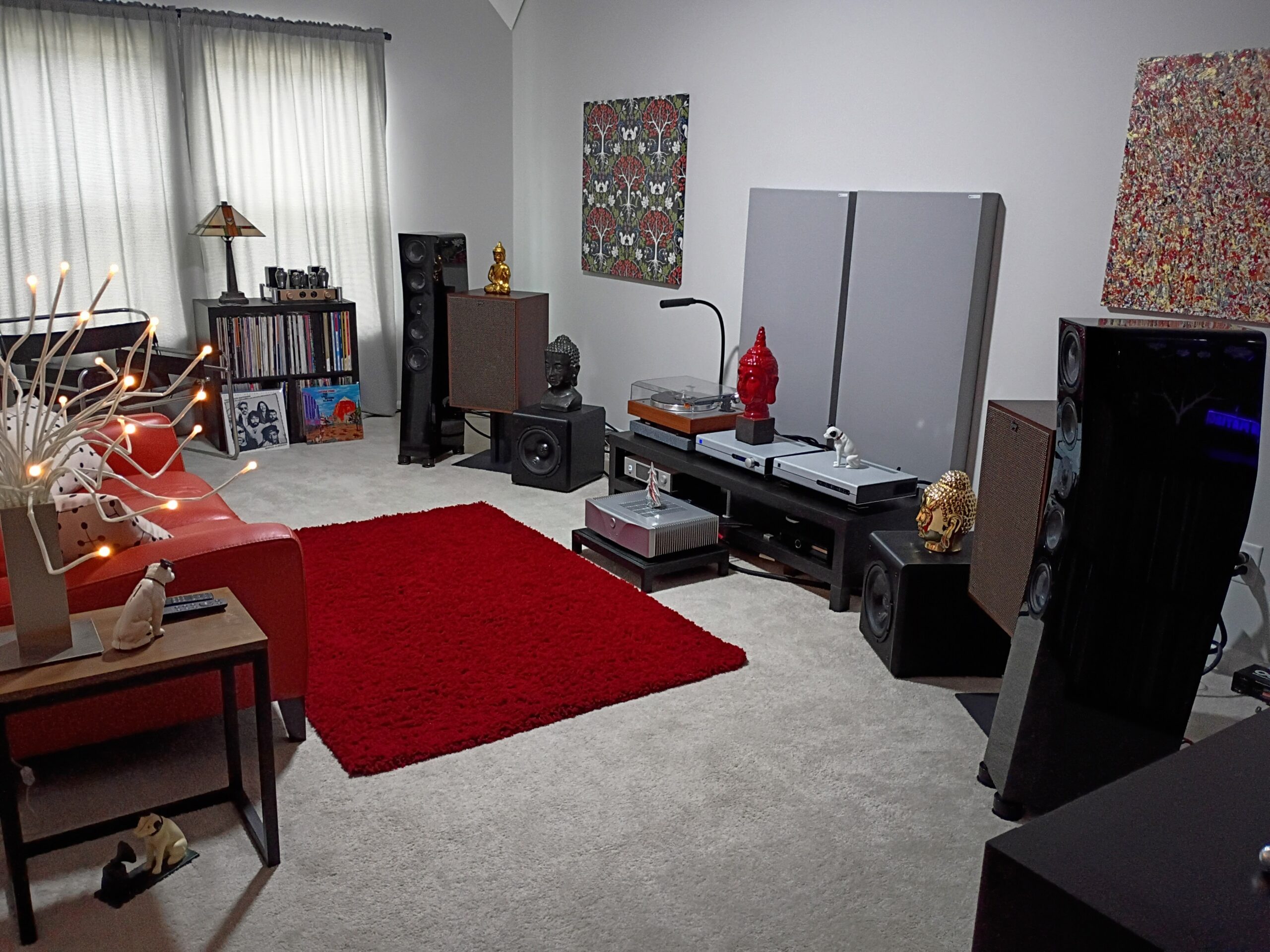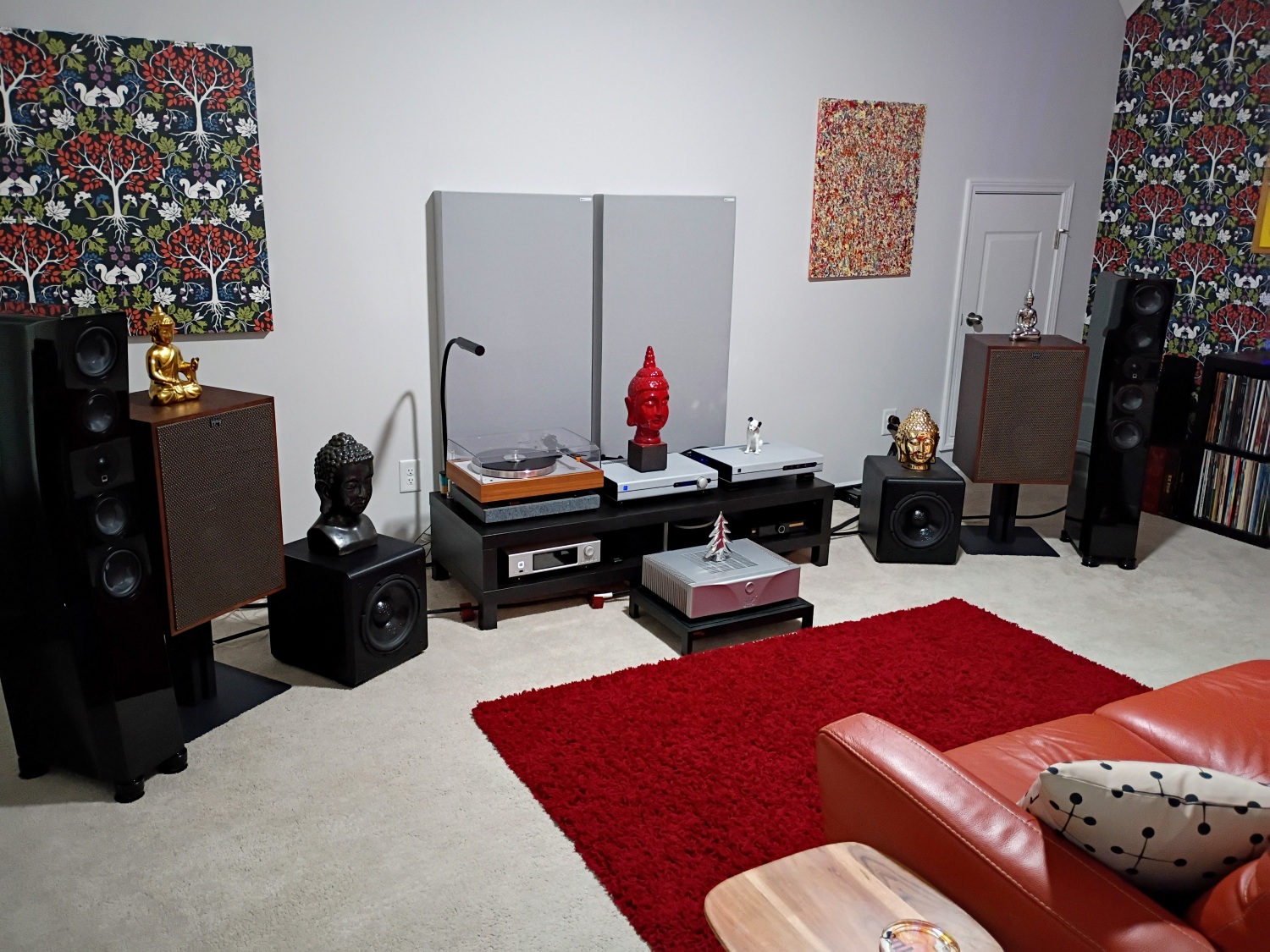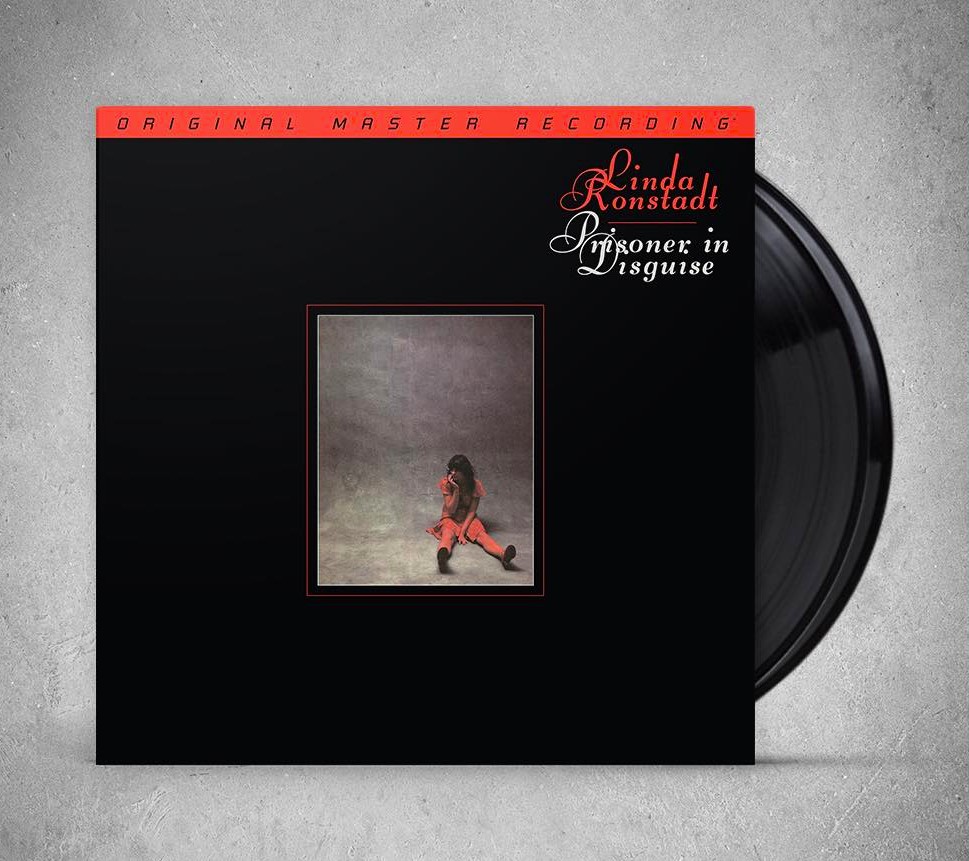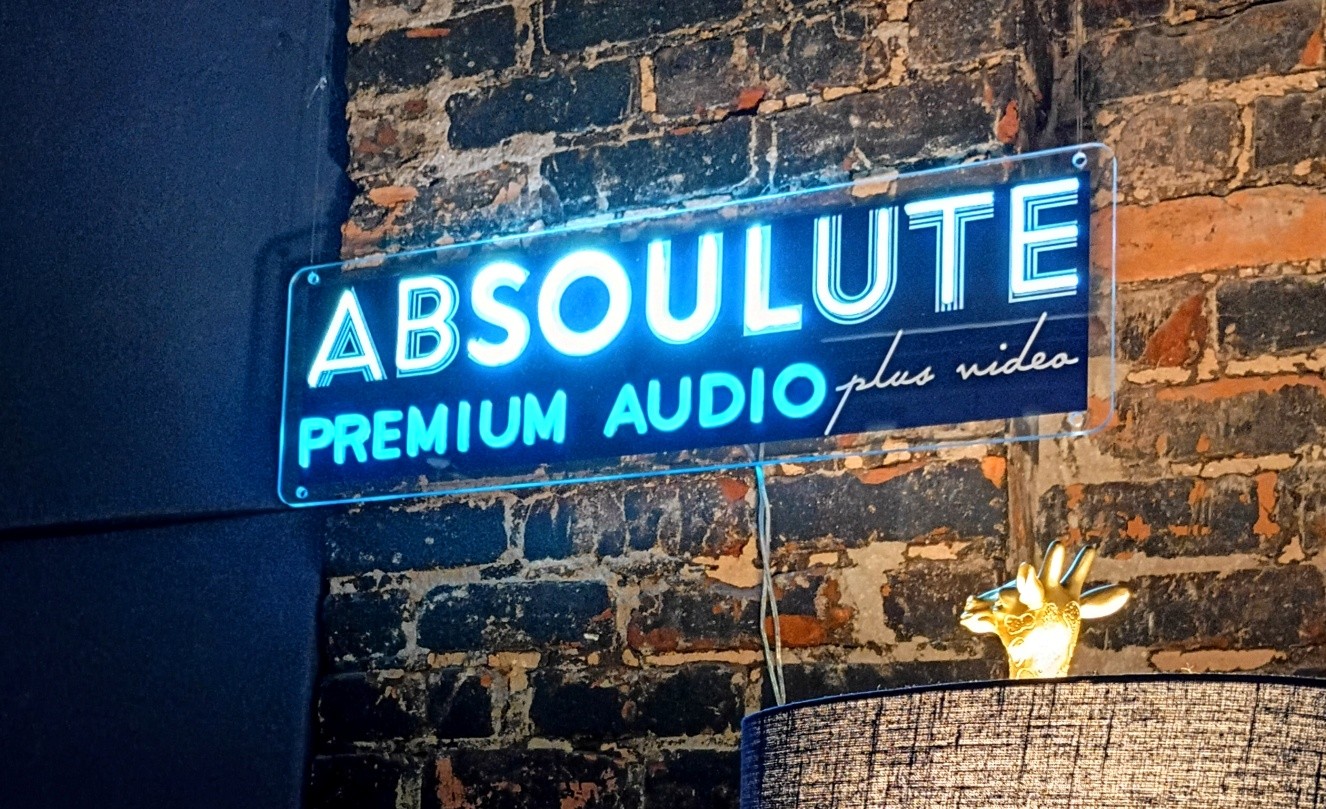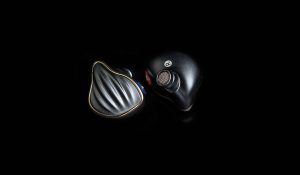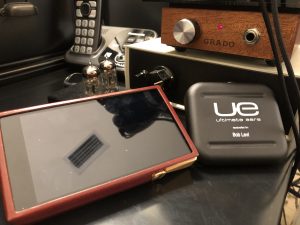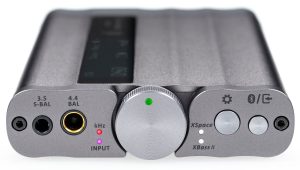When I first gained an awareness of Fiio as a company, I thought their product offerings were very reasonably-priced alternatives to the typical mega-buck audiophile choices available in personal portables and accessories. But I wasn't absolutely convinced that they could make the transition to a company that could meet consumer demands for the level of technology that audiophiles would expect from their product lineup. Those fears were obviously unfounded, and Fiio has gone in a few years from a promising upstart to a world-class manufacturer of personal digital players, portable headphone amplifiers, and professional-grade earphones that compete with the very best out there, regardless of price. Their product lineup is still ridiculously low-priced and offers stunningly good looks in combination with perfectionist technologies.
Made even more remarkable by a recent video I saw online; a fellow reviewer had taken a factory tour at Fiio's Guangzhou City facility in southeastern China, not terribly far from the metropolis of Hong Kong. Which revealed a relatively compact manufacturing facility, where all the design, research and development, fabrication, and assembly for almost all of their products take place. You see, I had this impression that Fiio was one of those Chinese mega-conglomerates with a massive factory and thousands of employees. So when I marvel at the jewel-like appearance and remarkable level of fit-and-finish that has become de-rigueur for anything from Fiio that's come through my door—I really do marvel at the fact that it's all virtually hand-made.
And unlike most mega-conglomerates, they actually listen to their customers and others in the field with suggestions for improvements to their products. Like regular firmware updates to fix niggling problems or improve functionality. I reviewed a digital audio player from one of Fiio's higher-profile competitors a while back; it was their first attempt at offering a lower-priced, but higher-performance portable. My biggest complaint was that the unit didn't support gapless playback, and over a year later, it still doesn't. When I emailed Fiio about the lack of gapless support on one of their budget models, they engineered a firmware update fixing the problem in just a few weeks. And they've been particularly receptive to stylistic changes; some of their recent products have been among the most functionally elegant personal portables to grace the market. A case in point is the product being reviewed here, the FH-5, a quad-driver, hybrid in-ear monitor, which is currently Fiio's top-of-the-line earphone. For this review, the stock MMCX, single-ended cable has been replaced with the LC-4.4C balanced cable, which is a serious upgrade over the baseline cable that's normally shipped with them.
A few months ago I reviewed the Fiio Q5 Portable Headphone Amplifier and DAC, and the FH-5 in-ear monitors showed up near that review's conclusion. You can read my review of the Q5 HERE. The Q5 under review had been updated with the AM3B amplifier module, which, in addition to seriously improved amplifier performance, also included a feature unique to Fiio's lineup: a 4.4mm balanced headphone jack. Fiio had quickly rolled out an adapter, the BL44, which allowed any standard 2.5mm balanced cable to be connected to the Q5's 4.4mm balanced input. As I mentioned at the time of the Q5 review, the FH-5 in-ears, when played through a (relatively substandard) cable/adapter setup, sounded pretty darn impressive. So it only seemed reasonable to expect that when the new LC-4.4C cable with its captive 4.4mm balanced connector arrived, the combination would sound exceptional: it doesn't disappoint.
The box that arrived with the FH-5's took me by surprise with its bulk—I almost thought I'd misunderstood Lily Lee, my contact from Fiio, and that they'd sent a set of full-sized, over-the ear headphones instead. The outer shipping box was large, but the inner beauty box was almost as large—it measures six inches by nine inches and is three inches thick. Or about the same size as my hardbound copy of Tolkien's The Lord of the Rings! Surprisingly, the usage of the space is well laid out, considering the variety of supplied accessories included. It's totally befitting of a top-of-the-line product such as the FH-5's, although the previous top-of-the-line F9 Pro earphones showed up in a box about one-quarter the size of this one.
The FH-5 in-ears are a quad-driver design, with one 10mm dynamic bass driver along with three Knowles balanced armature drivers; together, they cover the frequency range from 15Hz to 40kHz. The Knowles drivers, by the way, are actually designed and built in the United States. The FH-5 in-ears are capable of an output of 112dB/mW, which is the most dynamic of any earphone in Fiio's range. The body of each earpiece is machined from a blend of magnesium and aluminum, and the fit and finish of the earphones is nothing short of beautiful; Fiio's lower-end models look almost like toys in comparison. Four sets of ear tips of various sizes are supplied, manufactured from either memory foam or silicone. Each sheet of tips is labeled with either bass, vocals, balanced, or memory foam, and you choose the set that fits you best and best matches to your listening needs. The FH-5 in-ears come equipped with the LC-3.5B single-ended cable, which is a beautiful and very sturdy cable befitting a product of the FH-5's stature. But it doesn't allow the listener to take advantage of the real reason for wanting to own Fiio's top-of-the-line in-ear monitors: being able to hear the advanced output of the AM3B amplifier module, whether it's attached to the Q5 Amplifier/DAC, or Fiio's top-of-the-line digital audio player, the X-7 MkII. That's where the upgraded cable, the LC-4.4C comes in.
The LC-C cable series from Fiio is made from eight fine strands of monocrystalline silver-plated OCC copper, carefully hand-braided into a nearly 1-meter cable. Each of the eight strands is composed of 19 individual wires, for a total of 152 wires in each cable. It is then sheathed in a transparent TPU material sourced from Germany, which allows anyone to easily inspect the meticulous construction quality. The cable can be ordered in a variety of input-plug configurations to match your needs, and Fiio makes adapters that will allow for use with standard balanced or single ended inputs, if you should choose to use the cable and earphones with other equipment. MCMX connectors are standard. My supplied LC-4.4C review sample is the most elegant-looking and elegantly functional headphone cable I've had any experience with. And over and above its exceptional construction, it's also extremely lightweight, which is important for connection to in-ear monitors. This series of cables is the finest and most expensive ever offered by Fiio, and, despite their superb craftsmanship, are very attractively priced compared to some of Fiio's competitor's offerings.
I played about with the ear tips a bit before finally deciding on the large, balanced set of tips; for me, they just sounded better. The large tips seem to fit my ear cavity better, and the balanced variety provided me with the best combination of bass reproduction and external sound isolation. I find the balance of the bass, mids, and treble to be very pleasing in their overall presentation of whatever music I had playing. The treble isn't as hot as I've heard with other in-ear types, and the comfort provided by the variety of ear tips offered give the FH-5's a non-fatiguing level of comfort that makes extended listening sessions a pleasure. If I had to assign a single characteristic to the FH-5 in-ears, I'd say that they're very warm sounding, which places them very near to my ideal for a good in-ear monitor.
How do they sound as compared to listening to my home system? I know this isn't really an apples-to-apples comparison, because no headphone of any type will give you the kind of bass extension and acoustic presentation that you typically get from a good loudspeaker-based system. That said, I thought they offered a very controlled, but pleasing presentation, and gave the overall sound much less of that inside-your-head character that you often find with headphones in general. I did a lot of listening at home, while my wife was watching television, and at my day job, where there's a plethora of overly loud machinery constantly running. The FH-5 in-ears did a really great job of minimizing any outside intrusions, while allowing me to listen at a pleasing yet near-reference level with no fatigue. And at very near the same level of enjoyment I get while parked in front of my home system!
Okay, so how about that vaunted 4.4mm connection that's the really big deal not only with the higher-end cable the FH-5's employ, but also the 4.4mm input that's used by Fiio's top-tier of DAPs and amps? Well, bigger is better, right? And in this case, it's most definitely true—the 4.4mm connection offers almost double the contact area of the standard 2.5mm balanced connection. It totally shows in the level of transparency, musicality, and coherence of the overall sound that I've never experienced to this extent before with an in-ear monitor—ever. I've sat stunned and amazed for weeks, blown away by the life-like, unheadphone-like sound coming from these excellent in-ear monitors. Before the LC-4.4C cable showed up, I was able to use the balanced cable from the F9 Pro earphones in combination with the 4.4mm adapter, and the sound was superlative, even though the connection scheme was a bit less than optimal. With the LC-4.4C, I've been nothing less than blown away by the performance in combination with the FH-5 in-ears. Switch cables, back to either the supplied 3.5mm or the 2.5mm cable that came with the F9 Pro earphones, and the sound is really good. But with the 4.4mm LC-4.4C cable in place, there's more of everything that matters. Is it worth the extra $100 USD? In a perfectionist personal portable setup like this, the answer is most definitely yes.
So, most of my listening to the FH-5 in-ears was done with the Q5 amp/DAC connected to my laptop. Playback came from either selections from my personal library (located on a 500GB Samsung EVO 960, the secondary drive inside my laptop), or from my Qobuz or Tidal subscriptions. So I was mostly listening to some very high-resolution digital files, although with the current state of digital-to-analog conversion excellence, even CD-quality files sound pretty darn magnificent. In terms of a very portable, high-resolution digital playback system, the FH-5/LC-4.4C/Q5/AM3B combination is almost unsurpassed in its flexibility and superb sound quality.
How does the FH-5 sound with a stand-alone personal portable, like Fiio's X5III? The X5III is a superb player, and with its Android OS, you can add apps for both Tidal and Qobuz, along with massive storage capacity for your own files on Micro SD cards. And with the standard 3.5mm cable supplied with the FH-5, they sound truly superb. If you own Fiio's F7 MkII dap with an AM3B amplifier module, you could probably experience the ultimate in fidelity with the FH-5's with the great cable. Carrying a dap, along with a Q5, along with the better cable is manageable, but you'll probably need a day pack of some sort: it's a little too much to stick in your pocket and go for a walk or run.
But with the LC-4.4C cable, and with the Q5's AM3B amplifier module's 4.4mm input, the sound is improved exponentially over any other combination of options. The much lighter and more pliable LC-4.4C cable adds significantly to the overall comfort level of the setup; the Fh-5's supplied 3.5mm cable is heavier and stiffer, and less conducive to just relaxing and enjoying the music. And the powerful, more muscular, more musical presentation offered by the FH-5/LC-4.4C/Q5/AM3B combo is just flat-out irresistible! I love the FH-5 in-ears, especially when used in this combo; they provide a level of musical enjoyment and comfort that I've never enjoyed with personal audio products. Fiio has definitely upped their game to an even more impressive level, and the tidbits I've seen online showing their upcoming flagship in-ear monitor looks even more exciting. Very highly recommended!
Fiio FH-5 In-ear Monitor Earphones
Retail: $259.99 (USD)
Fiio LC-4.4C Balanced Cable
Retail: $99.99 (USD)
Fiio Audio
All images courtesy of Fiio




